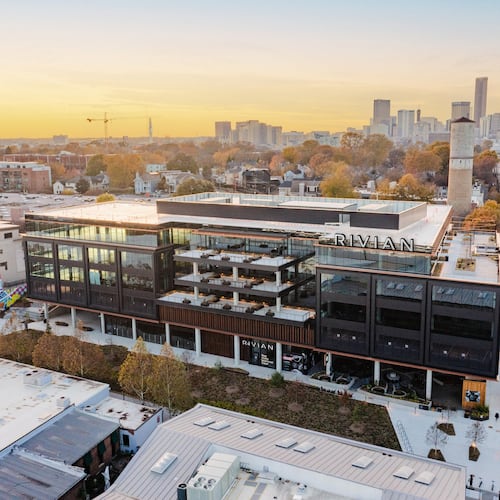Q: Do members of the British royal family have a last name that is used on legal documents like birth and marriage certificates? If so, what is the history behind the name?
—Alice Fink, Tucker
A: The surname of the British royal family is Mountbatten-Windsor, but it doesn't often use last names.
Queen Elizabeth II is of the House of Saxe-Coburg-Gotha, which was used by British royals, beginning with King Edward VII, the son of Queen Victoria and Prince Albert, in the early 20th century.
Prince Albert was from Germany and passed the name to his children.
King Edward VII’s son, George V, who became king in 1910, also used Saxe-Coburg-Gotha until World War I, when anti-German sentiment caused him to change the surname to Windsor, after the castle, the British monarchy’s official website (royal.gov.uk) states.
In 1917, George V declared “all descendants in the male line of Queen Victoria, who are subjects of these realms, other than female descendants who marry or who have married, shall bear the name of Windsor,” the website states.
Queen Elizabeth II and husband Prince Philip decided in 1960 that their descendants would be distinguished from the rest of the House of Windsor by adding Mountbatten, which is from Prince Philip’s maternal grandparents.
Mountbatten-Windsor was first used on the marriage register at Westminster Abbey on Nov. 14, 1973, when Princess Anne married Mark Phillips.
Prince William and the Duchess of Cambridge’s children — Prince George and Charlotte Elizabeth Diana – will use the surname Mountbatten-Windsor unless Charles, the Prince of Wales, wants to change it when he becomes king.
Andy Johnston wrote this column. Do you have a question about the news? We’ll try to get the answer. Call 404-222-2002 or email q&a@ajc.com (include name, phone and city).
About the Author
Keep Reading
The Latest
Featured

